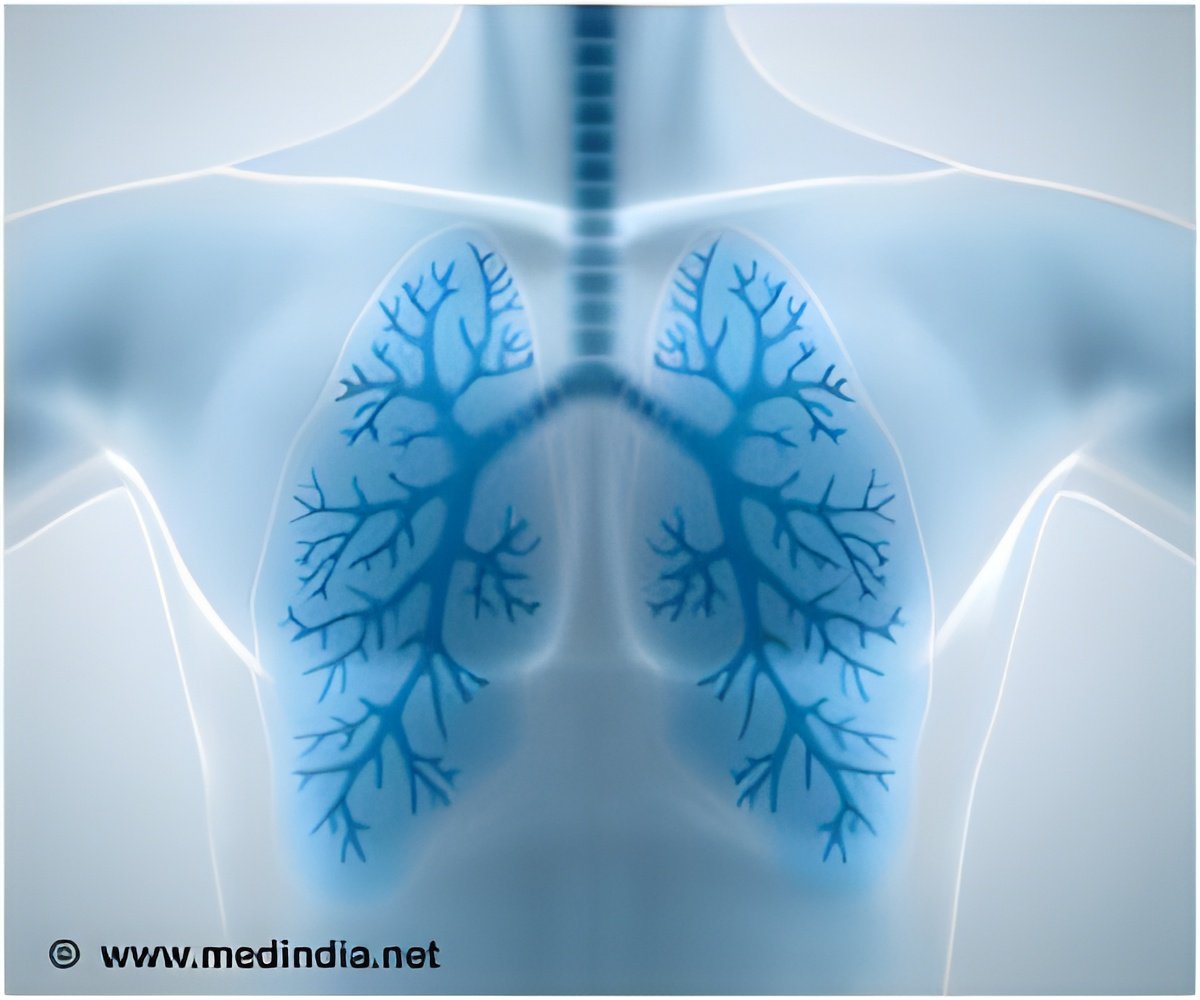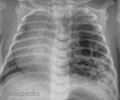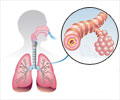New research suggests that it may be possible to treat several lung diseases by introducing proteins that direct lung stem cells to grow the specific cell types needed to repair the lung injuries.

By inhibiting the same pathway, the researchers ramped up production of airway epithelial cells, which become damaged in diseases affecting the lung's airways, such as asthma and bronchiolitis obliterans.
Using a novel 3D culture model that mimics the environment of the lung, the researchers showed that even a single lung stem cell could be coaxed into producing alveolar and bronchiolar epithelial cells. By adding a protein known as thrombospondin-1 (TSP-1) to these cultures, they prodded the stem cells to generate alveolar cells.
Kim and Lee conducted experiments using a live mouse model of fibrosis. By simply taking the endothelial cells that line the lung's many small blood vessels—which naturally produce TSP-1—and directly injecting the liquid surrounding the cultured cells into the mice, they were able to reverse the lung damage.
Conversely, when the team used lung endothelial cells that lacked TSP-1 in the 3D cultures, the stem cells produced more airway cells. In live mice engineered to lack TSP-1, airway repair was enhanced after injury.
"When lung cells are injured, there seems to be a cross talk between the damaged cells, the lung endothelial cells and the stem cells," says Lee, who is first author on the paper.
Advertisement
Advertisement













